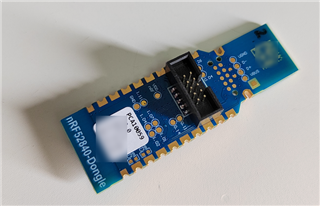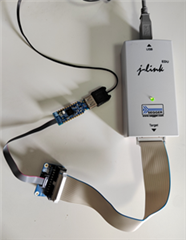hi,
I have accidentally selected "Erase All" under the Segger Embedded Studio, now my nRF52840 Dongle unable to show its USB port under Windows 10 Device Manager anymore.
How to resolve this issues and where to get the right bootloader image for nRF52840, as the nRF52840 Dongle unable to report its serial port, Segger J-Link was unable to connect.
Please advise.


